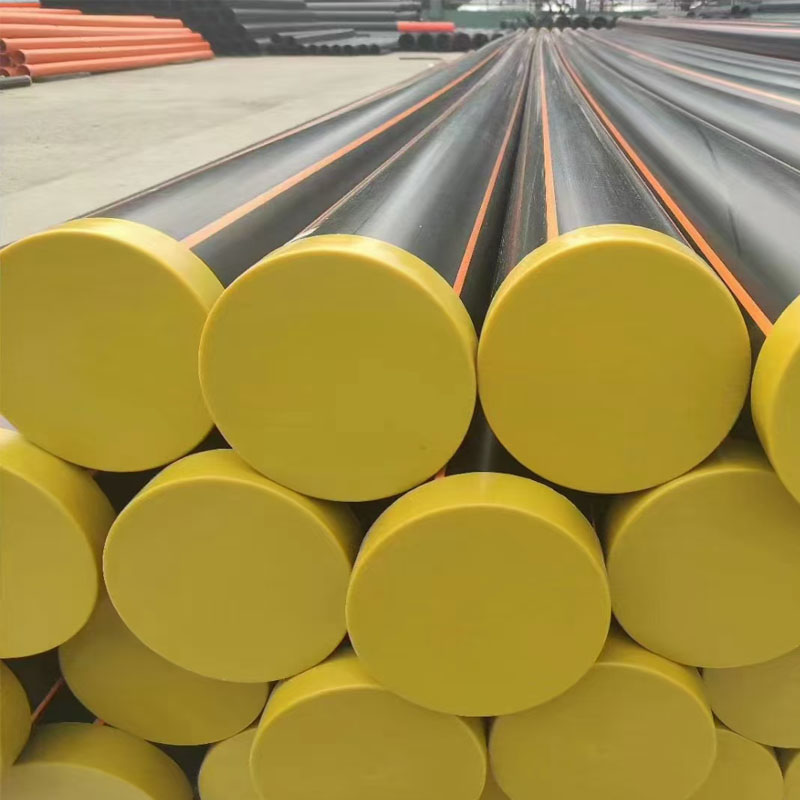Oct . 14, 2024 13:41 Back to list
ppr pipe 63mm product
Understanding PPR Pipe 63mm A Sustainable Choice for Plumbing
PPR (Polypropylene Random Copolymer) pipes have become increasingly popular in the plumbing industry, especially when it comes to modern construction and infrastructure development. Among the various sizes available, a 63mm PPR pipe stands out for its versatility and efficiency in a variety of applications. This article explores the characteristics, advantages, and applications of PPR pipe, particularly the 63mm variant.
First and foremost, PPR pipes are known for their durability and resistance to corrosion. Unlike traditional metal pipes that can rust or become corroded over time, PPR pipes maintain their integrity, providing a longer lifespan without the need for frequent replacements. The 63mm size offers a balanced diameter that is suitable for both residential and commercial applications, making it a common choice for plumbing systems requiring reliable water transport.
Understanding PPR Pipe 63mm A Sustainable Choice for Plumbing
Another significant advantage of PPR pipes is their lightweight nature compared to traditional piping materials. This feature not only makes transportation easier but also simplifies the installation process. Installers can handle larger lengths of pipe with less physical strain, ultimately reducing labor costs. Furthermore, the flexibility of PPR pipes allows for greater adaptability in installation, enabling designers to create more efficient layouts with fewer fittings, consequently minimizing the risk of leaks.
ppr pipe 63mm product

The 63mm PPR pipe is also an eco-friendly option. It is manufactured from non-toxic materials, ensuring that it does not leach harmful chemicals into the water supply. This characteristic aligns with the growing demand for environmentally sustainable products in plumbing and construction. Furthermore, PPR pipes are recyclable, adding to their environmentally responsible profile.
In terms of cost-effectiveness, PPR pipe systems can deliver significant savings over time. Their longevity, low maintenance requirements, and resistance to leakage contribute to reduced operational costs, making them a wise investment for both residential and commercial projects. Additionally, since PPR pipes don’t require additional insulation compared to metal pipes, there are also savings to be realized during installation.
Applications for 63mm PPR pipes are wide-ranging. They are commonly used in residential water supply, heating systems, irrigation, and even in industrial applications where fluid transport is necessary. Their versatility makes them suitable for new constructions, as well as for renovations where upgrading old piping systems is essential.
In conclusion, the 63mm PPR pipe is an excellent choice for modern plumbing solutions. With its durability, lightweight design, thermal insulation properties, and eco-friendly nature, it is clear why PPR pipes are favored in various industries. As demand for efficient and sustainable building materials continues to rise, PPR pipes remain at the forefront, providing dependable service for years to come.
-
High-Quality PVC Borehole Pipes Durable & Versatile Pipe Solutions
NewsJul.08,2025
-
High-Quality PVC Perforated Pipes for Efficient Drainage Leading Manufacturers & Factories
NewsJul.08,2025
-
High-Quality PVC Borehole Pipes Durable Pipe Solutions by Leading Manufacturer
NewsJul.08,2025
-
High-Quality PVC Borehole Pipes Reliable PVC Pipe Manufacturer Solutions
NewsJul.07,2025
-
High-Quality UPVC Drain Pipes Durable HDPE & Drain Pipe Solutions
NewsJul.07,2025
-
High-Quality Conduit Pipes & HDPE Conduit Fittings Manufacturer Reliable Factory Supply
NewsJul.06,2025

